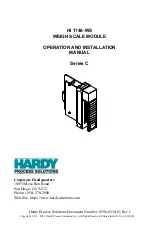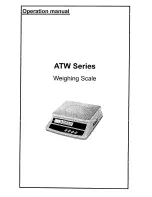
50
TIPS FOR BEST RESULTS
VACUUM SEALING AND FOOD SAFETY
Note:
Vacuum sealing is NO substitute for refrigeration or freezing. Any perishable foods
that require refrigeration must still be refrigerated or frozen after vacuum packa-
ging. As with any other storage method, food must be checked carefully before
storage and, as well, before consumption.Vacuum packaging extends the shelf life
of foods by removing most of the air from sealed bags and containers, and additio-
nally preventing air and germs from getting into the sealed packaging again. Addi-
tionally, vacuum packaging helps inhibit the growth of a lot of microorganisms.
However, keep in mind that yeast and some types of bacteria (e.g. the highly toxic
botulism causing bacterium) can grow even without air. Others produce spores still
viable after sealing.
Thus, for long-term storage, always freeze perishables that have been vacuum packa-
ged. Food packed in bags may be placed in the freezer without hesitation.
When
using vacuum containers, please keep in mind that some types of plastic will get
brittle under low temperature, thus bursting when under low pressure.
WARNING:
Before placing vacuumed containers in the freezer, check whether
your containers are suited for freezing. Otherwise, especially when taking the contai-
ner out of the freezer, the container could burst causing risk of injuries and damage
according to splinters and splashes being hurled around.
GUIDELINES FOR PREPARING FOOD
Vegetables need to be blanched to stop the enzyme reaction leading to loss in qua-
lity. Finally, dab dry the vegetables via a kitchen towel before vacuum packaging.
Some vegetables (broccoli, sprouts, cabbage, cauliflower, kale, turnips) naturally
emit gases during storage. Therefore, even after blanching, they must be stored in
the freezer only and are not suited for vacuum packaging.
DURING VACUUM SEALING
• Do not overfill the bag. When sealing flat objects, always leave at least 5 cm (2
inches) of free space on top of the bag material to enable vacuuming and sealing.
With large objects, it is better to leave at least 8 cm (3 inches) of free space abo-
ve the objects.
• For vacuum sealing large objects, stretch the bag gently flat, while placing it into
the vacuum chamber. Additionally, always ensure that the sealing area of the foil
is completely dry and clean. Wrinkles, liquids and particles on the foil will prevent
airtight sealing.
















































